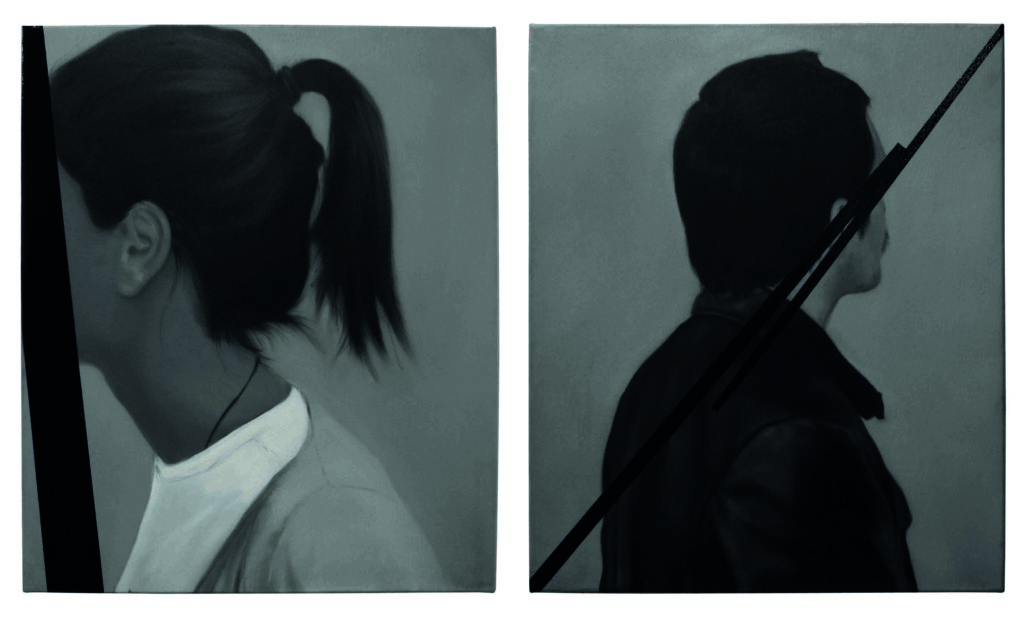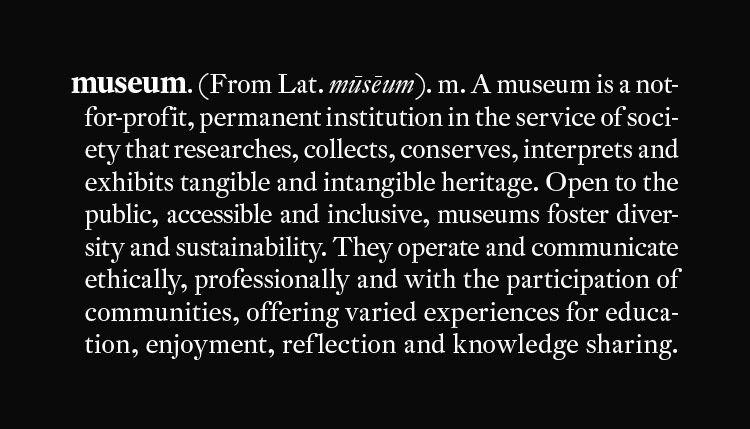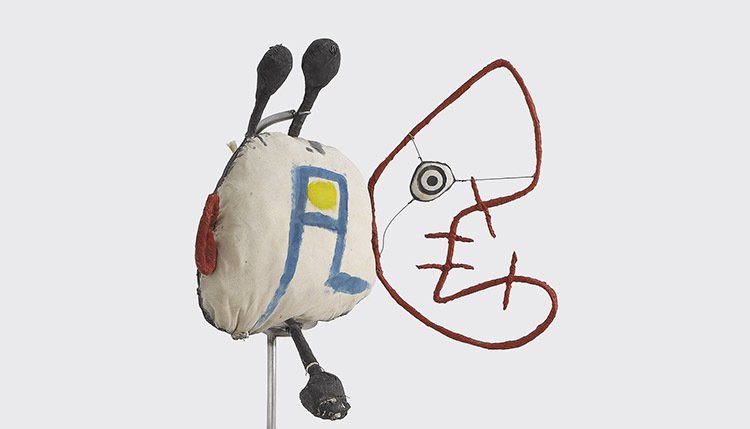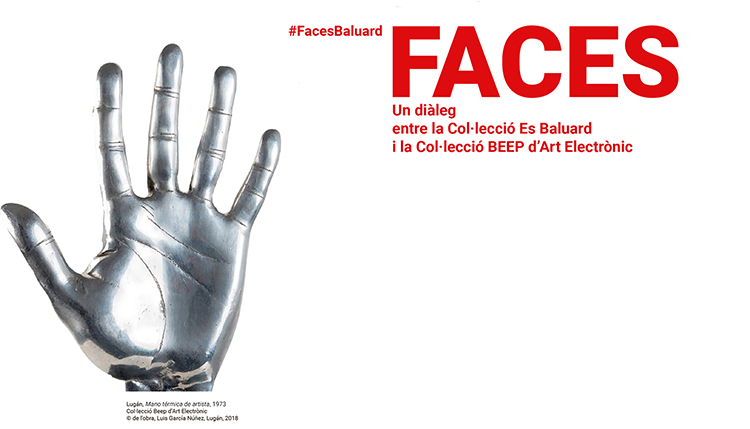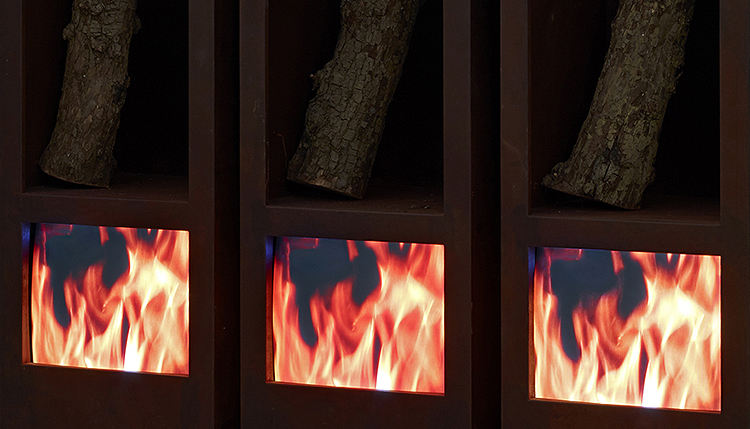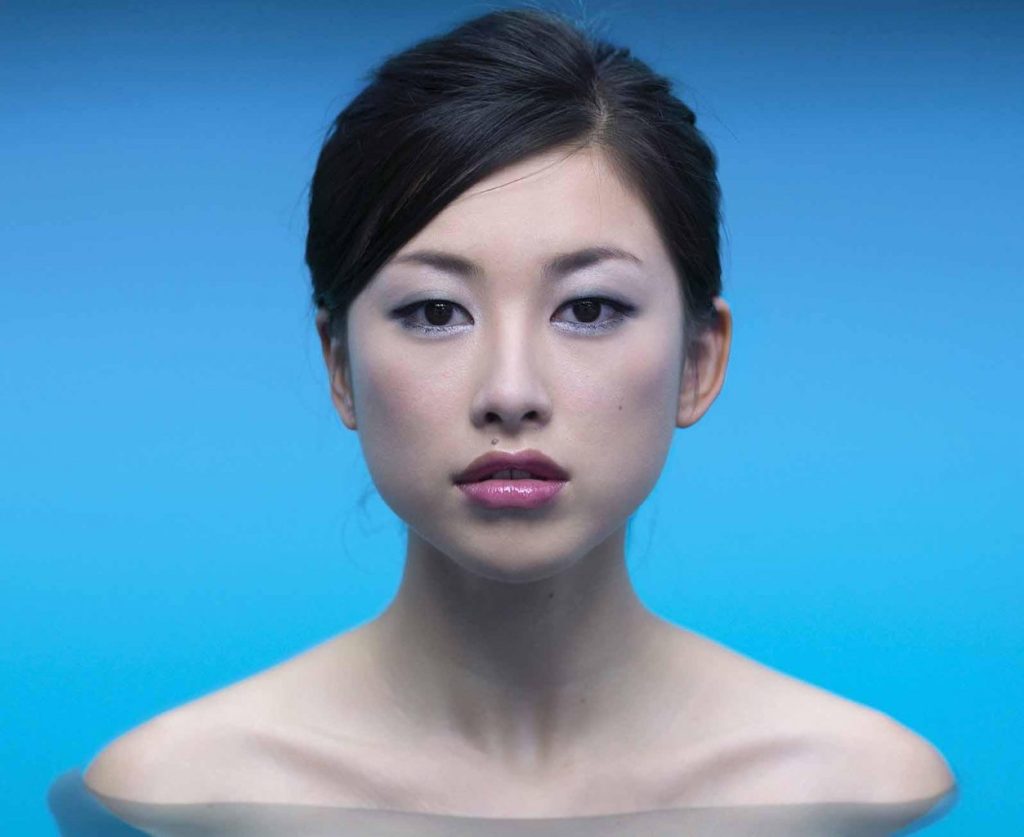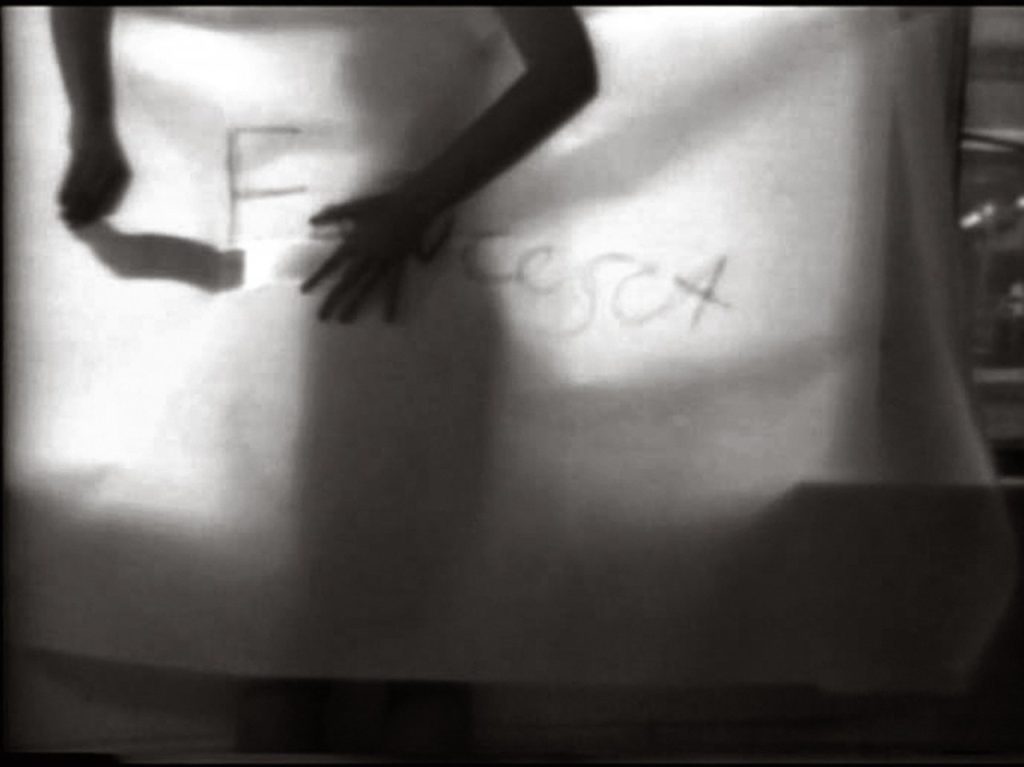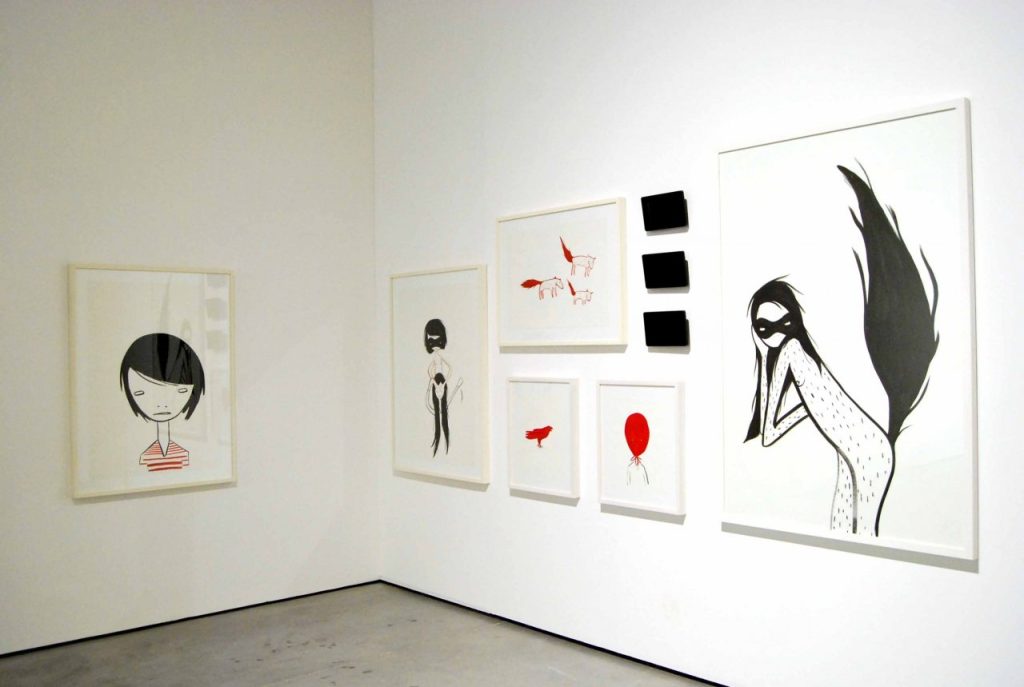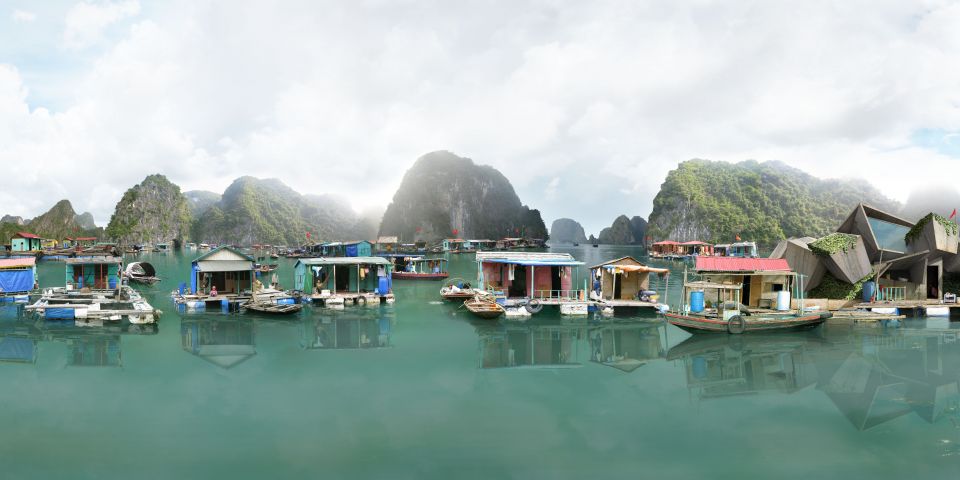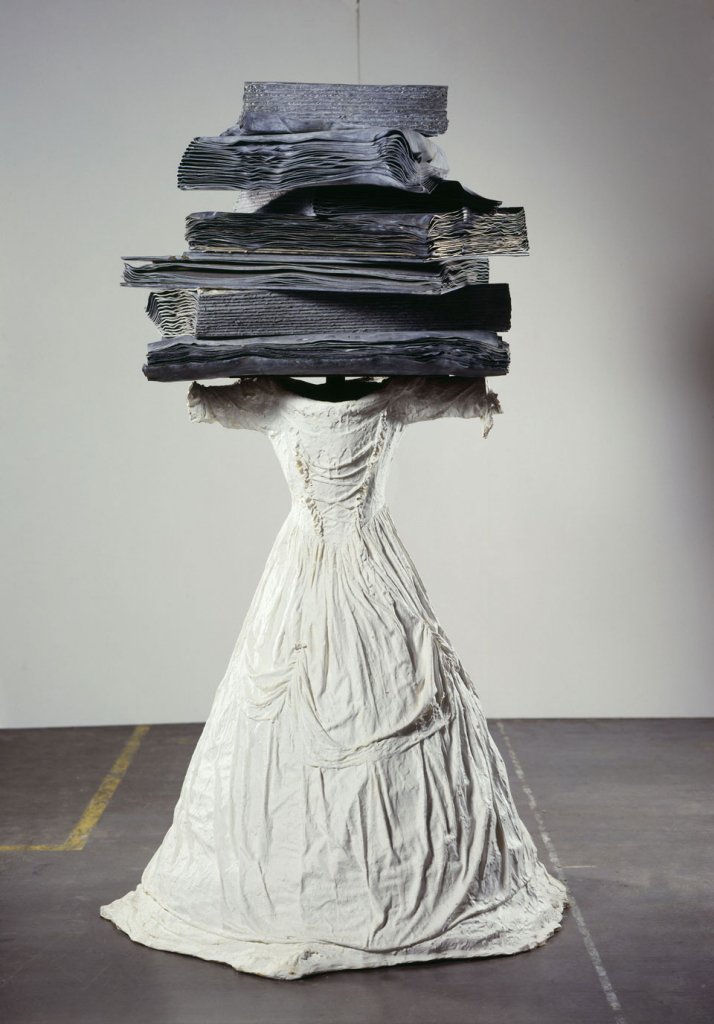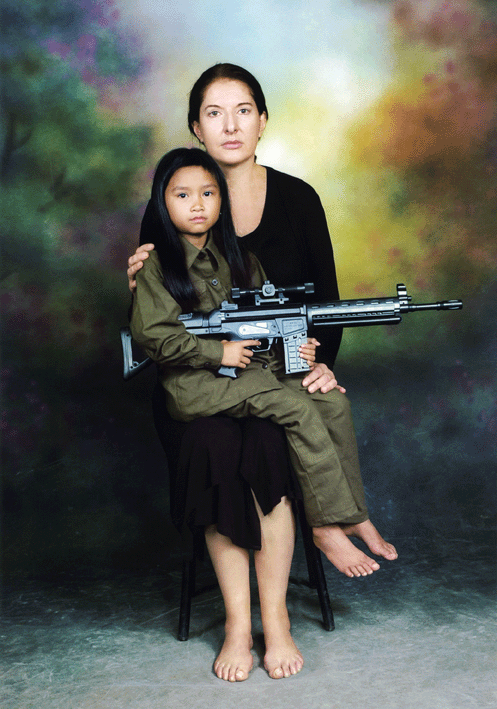
- Artist:
- Marina Abramović
- Date:
- 2008
- Technique:
- C-print on dibond
- Dimensions:
- 150 x 120 cm
- Origin:
- Es Baluard Museu d'Art Contemporani de Palma
- Registration number:
- 605
- Edition:
- 2/9
- Exposed:
- No
Eight Lessons on Emptiness with a Happy End reflects the concern of the artist of Serbian origin, Marina Abramović, with the excess of violence in today’s society. Referring to the concept of void in Buddhism (to attain harmony between body and soul, you must first empty your mind in order to allow the transformation to a new state to take place), the artist created this work in 2008 to deal with the constant presence of violence and war, both of which are continuously represented in the contemporary media. Evoking a text by Susan Sontag from the book Regarding the Pain of Others, in which the US author deals with the roots of water, Abramović reflects on the hundreds of images showing people’s death that we see on the Internet, in newspapers, on television and even in video games, with no desire for redemption.
To produce the project the artist chose to travel to Laos, where she developed a multi-channel video and a series of photographs, including The Family A, which is in the Es Baluard collection. The project was conceived in 2006 when she first visited this country; there, as sources of inspiration, she used her life experience with a shaman whom she saw sacrificing a pig in order to enter the spiritual world, and at the same time observed how children could buy toy guns whilst the ceremony of some Buddhist monks was in progress. The video consists of an installation formed by five channels which show the landscape of Laos through static images and then introduce the different phases of an armed conflict (negotiation, battle, transportation of captives …) featuring children dressed in military clothes, in the style of “tableaux vivants”.
At the same time the artist took a series of photographs in which she appears again, alongside the children who were in the video. With the clear intention of calling on the compassion of the spectator, in The Family A – as in the rest of the photographs in the series – Abramović proposes a controlled re-enactment. Resembling the typical composition of a family portrait, a child dressed in a soldier’s uniform sits on her knees, both of them with an inexpressive face in front of a neutral background and in a frontal position. The child holding the gun in his hands is used by the artist as a symbol of the violence-innocence duality, giving rise to a new iconography to represent the possibility of redemption.
S.H/N.A.
Marina Abramović studied at the Academy of Fine Arts in Belgrade between 1965 and 1970; she currently lives in New York. At the end of the 1960s, she left off painting and drawing for performance and body art and explores concepts such as pain, pleasure, violence, fear and consciousness through her body. In 1976, she settled in Amsterdam, where she met artist Uwe Laysiepen – Ulay – with whom she formed the collective known as The Other until 1988, a period in which photography, cinema and video took a preeminent place in her creative process.
Her personal experience in the Balkans, Laos, China and the Sahara Desert, among others, are reflected in video installations as exercises of introspection that reflect on the cultural references of these places. Abramović received the Golden Lion at the Venice Biennale (1997), the Niedersächsischer Kunstpreis (2003) and the New York Dance and Performance Award, known as “The Bessies” (2003), among other awards. She is also working on the creation of the Marina Abramović Institute in Hudson (New York), an entity devoted to performance and at the same time conceived as a training centre, based on her work method.
Numerous individual and collective exhibitions have displayed her work all over the world: the Centre Pompidou (Paris, 1990), Fundació Pilar i Joan Miró a Mallorca (1996), Irish Museum of Modern Art (Dublin, 2001), Centro Galego de Arte Contemporánea (Santiago de Compostela, 2003), Museo Nacional Centro de Arte Reina Sofía (Madrid, 2005) and the Museum of Modern Art (New York, 2010). A representation of her work can be found in the collections of museums as important as the Solomon R. Guggenheim Museum (New York), Stedelijk Museum Amsterdam, Museum of Contemporary Art (Sydney), the Museum of Modern Art (New York), Fons National d’Art Contemporain (France), Kunstmuseum Bern (Switzerland), Museo Nacional Centro de Arte Reina Sofía (Madrid), and Es Baluard Museu dArt Modern i Contemporani de Palma.
S.H/N.A.
